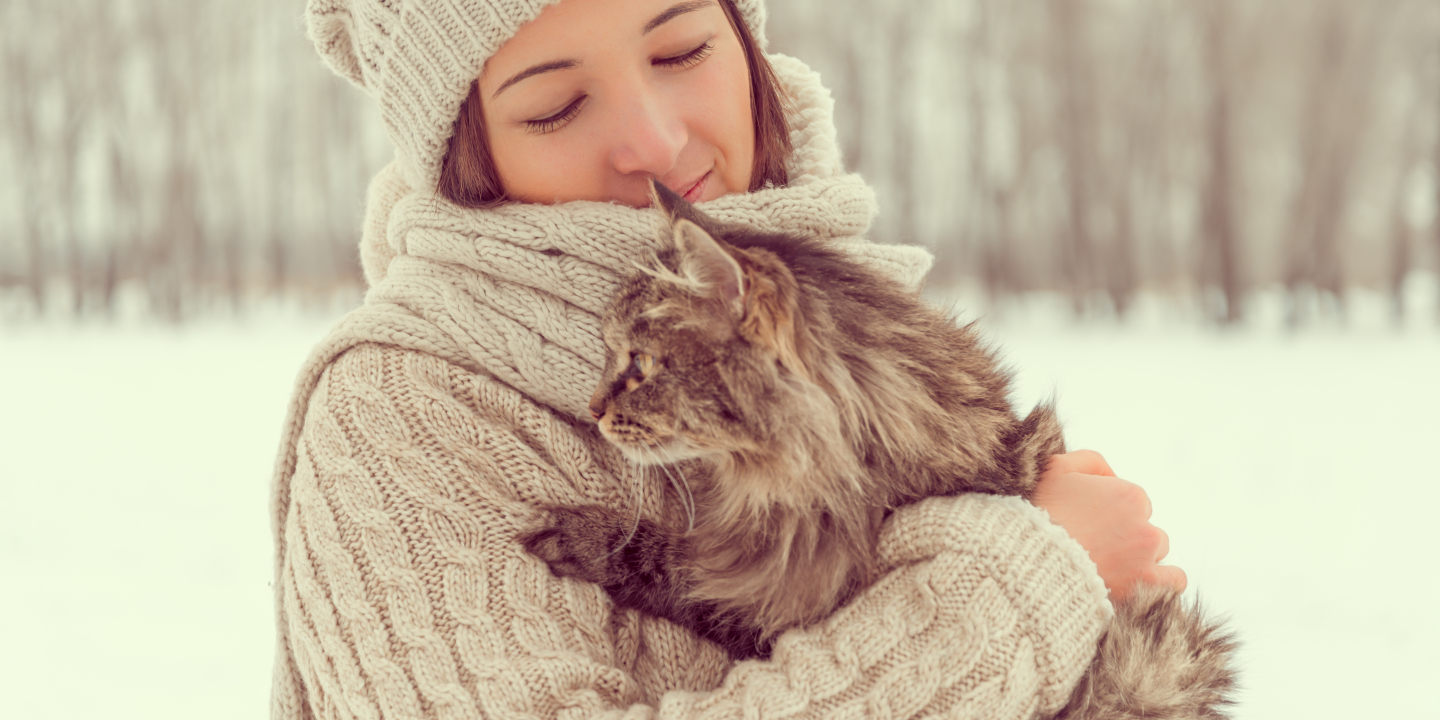Cholangiohepatitis
Feline cholangiohepatitis is a term used to describe an inflammatory condition affecting the liver and biliary system of the cat. This is one of the most common causes of feline liver disease and can present multiple diagnostic and treatment challenges for veterinarians and cat owners.
Among the many vitally important roles performed by the feline liver is its contribution to the digestion of the food that a cat routinely consumes. This digestive process relies substantially on the liver’s manufacture and secretion of bile, a potent, greenish-brown fluid that travels from the liver via biliary ducts to the gall bladder. The bile is then stored in the gall bladder—a small balloon-like sac—until it is called upon to go to work in the intestinal tract. After eating, the gall bladder contracts and expels the bile through a tube (the common bile duct) into the small intestine, where it performs digestive processes such as the breaking down of dietary fats so that they can be absorbed into a cat’s body and the processing of harmful toxins so that they are unable to be absorbed. Inflammation and accompanying swelling within the liver and gall bladder interfere with the proper flow of bile, which results in its retention within the liver and biliary ducts. And because bile is a caustic digestive fluid, it can cause significant tissue damage when its normally fluent passage from the liver is impeded.
There are two main sources of this inflammation. The first is a bacterial infection which enters the gallbladder from the intestines via the common bile duct. The bacteria causes a type of white blood cell, called neutrophils, to invade the gall bladder and liver to help fight the infection. Neutrophilic cholangiohepatitis can occur in cats of any age, breed or sex, and more than 50% of cats diagnosed with this disease are found to have inflammation of the intestines and/or pancreas as well.
Lymphocytic cholangiohepatitis is another common form of this disease and tends to be more chronic and progressive than the neutrophilic form. This is an immune-mediated disease, causing an infiltration of a different type of white blood cells (lymphocytes) without an underlying infection in the liver or gall bladder. Lymphocytic cholangiohepatitis can also occur in cats of any age, breed or sex, though Persian cats may have a genetic predisposition. Inflammatory bowel disease, or IBD, is a significant risk factor for the development of lymphocytic cholangiohepatitis in cats.
In tropical and sub-tropical areas, including Florida, Hawaii, Puerto Rico and Mexico, infestation of liver flukes can cause cholangiohepatitis. Free-roaming cats who ingest lizards, geckos and toads are most at risk for this parasitic infection, and many initially do not show clinical signs. Cats with this form of disease can often be diagnosed with a fecal exam and treated with anti-parasitic medication, though if extensive liver damage has already occurred by the time of diagnosis prognosis may be guarded.
Clinical signs
Cats with cholangiohepatitis often have vague and non-specific signs of illness at home. The most common reported symptoms include vomiting, weight loss, loss of appetite, jaundice/icterus (yellow tint to skin or gums), and fever. Cats with neutrophilic cholangiohepatitis tend to have more acute, severe clinical signs at home, while cats with lymphocytic cholangiohepatitis may initially show no clinical signs, or slow progression of weight loss, episodic vomiting, and listlessness.
Cats with cholangiohepatitis often have concurrent inflammation in the pancreas (pancreatitis) and intestines (inflammatory bowel disease), a syndrome often called “triaditis”. Clinical signs of these diseases often overlap as they can all cause loss of appetite, vomiting, and weight loss, though diarrhea and abdominal pain are more common in cats with IBD and pancreatitis.
Diagnosis
Diagnosis of cholangiohepatitis will generally begin with bloodwork showing multiple elevated liver values indicative of damage to liver cells and elevated bilirubin indicating poor bile flow. In some cases of lymphocytic cholangiohepatitis, these changes on routine bloodwork may occur even before clinical signs are noted at home. The healthy liver is responsible for producing important coagulation factors which help with the formation of normal blood clots, and this process can be affected by inflammation and liver damage. In cats with suspected cholangiohepatitis, the coagulation status should be tested to prevent excessive bleeding.
Ultrasound examination of the liver and gallbladder can give important information about inflammation in those areas, though in some cases they may appear normal. Ultrasound of the abdomen will also evaluate for other issues, such as pancreatitis, intestinal inflammation, or stones in the gallbladder and obstruction of the bile ducts. During this procedure, a sample of bile can be collected, allowing for microscopic examination and culture for the presence of bacteria. This will be important in determining if antibiotics are needed, and which one is most appropriate.
Definitive diagnosis of cholangiohepatitis is made by examining a liver biopsy under a microscope. Biopsies are generally taken during a surgical procedure, though in some cases a minimally invasive laparoscopic procedure can be used to collect the samples. This procedure gives the veterinarian the most information regarding the diagnosis of cholangiohepatitis and differentiates between the neutrophilic and lymphocytic forms of the disease. However, in cases where a biopsy is not possible, either due to anesthetic concerns, financial constraints, or logistical difficulties, a presumptive diagnosis of cholangiohepatitis may be made based on clinical signs, bloodwork results, and ultrasound examination.
Treatment
Treatment for cholangiohepatitis will depend on severity of the illness and the form of disease diagnosed. For cats with severe disease, especially those with neutrophilic cholangiohepatitis, hospitalization may be required for initial treatment. This will allow for the administration of fluids, antibiotics, and anti-nausea medications intravenously in sick cats who will not take medications at home. Nutritional support is also very important, as another form of liver disease known as hepatic lipidosis can occur if ill cats stop eating for more than a few days. Nutrition can be delivered via a feeding tube through the nose while cats are in the hospital, or through an esophageal feeding tube if continued feeding support is needed after the cat is discharged to go home. In rare cases involving blockage of the bile ducts, surgery may be needed to relieve the obstruction or remove the gallbladder. Once a cat is stable to go home, antibiotic therapy generally continues for 4 to 6 weeks.
Therapy for cats with lymphocytic cholangiohepatitis will include many of the treatments described above, though hospitalization may not be required in more chronic, mild cases. Because lymphocytic cholangiohepatitis is an immune-mediated disease, long-term treatment for this form of disease will involve immunosuppressive medications. The most common medication used is a high dose corticosteroid called prednisolone, though in some cases Ursodeoxycholic-acid or chlorambucil may be used as well. The dose of these medications will be gradually lowered over the course of 4 to 6 months, but some cats may need to stay on a low dose long term to prevent the recurrence of bloodwork abnormalities and clinical signs. Additional potential therapies include antioxidants and liver protective medications such as SAMe (S-adenosylmethionine), NAC (N-acetylcysteine), and B-complex vitamin supplementation, and some of these may be used long-term.
Prognosis
Neutrophilic and lymphocytic cholangiohepatitis both carry a variable prognosis. Cats with neutrophilic cholangiohepatitis can return to normal if treated aggressively and promptly, though data suggests that cats with concurrent diseases such as biliary duct obstruction tend to have a worse prognosis. Lymphocytic cholangiohepatitis can also go into long-term remission with medications, though some cats may need treatment and monitoring lifelong. Treatment for either disease is most successful when initiated at the early stages of disease, before significant liver damage or complications such as biliary cirrhosis develop.
Updated March 2025




